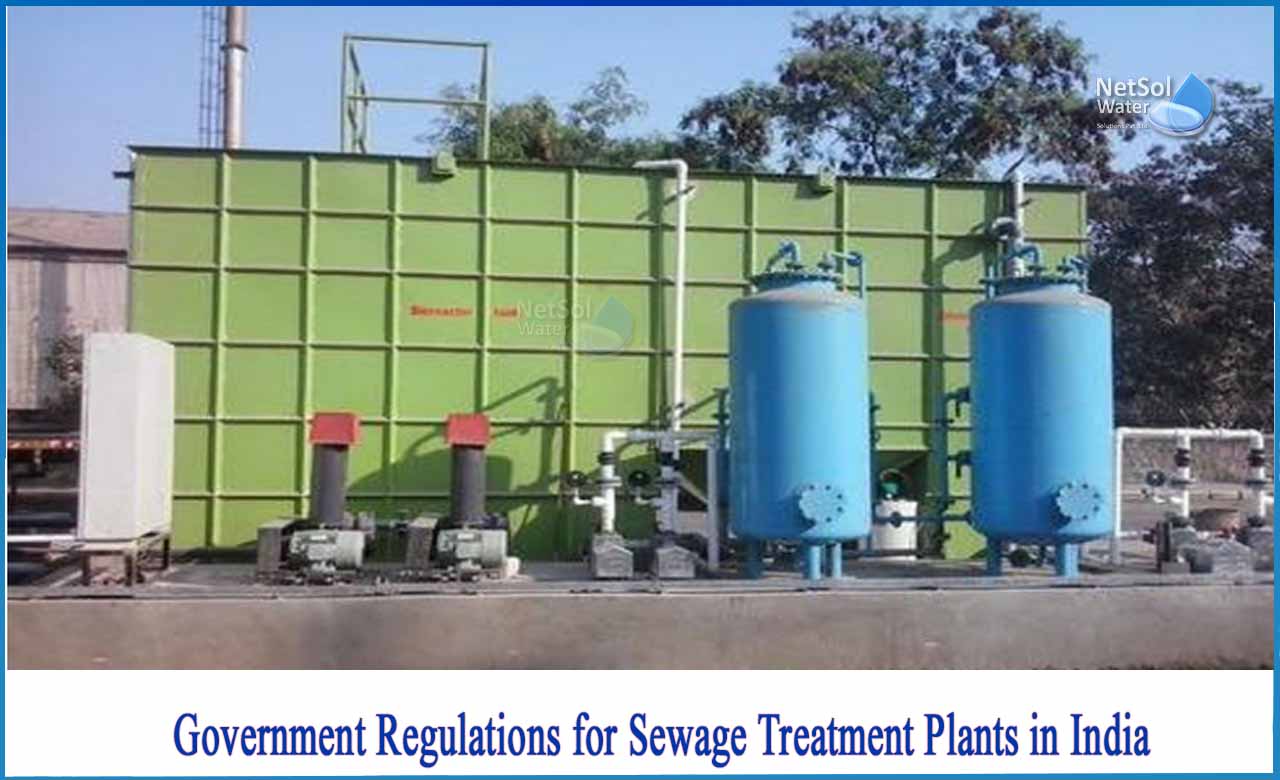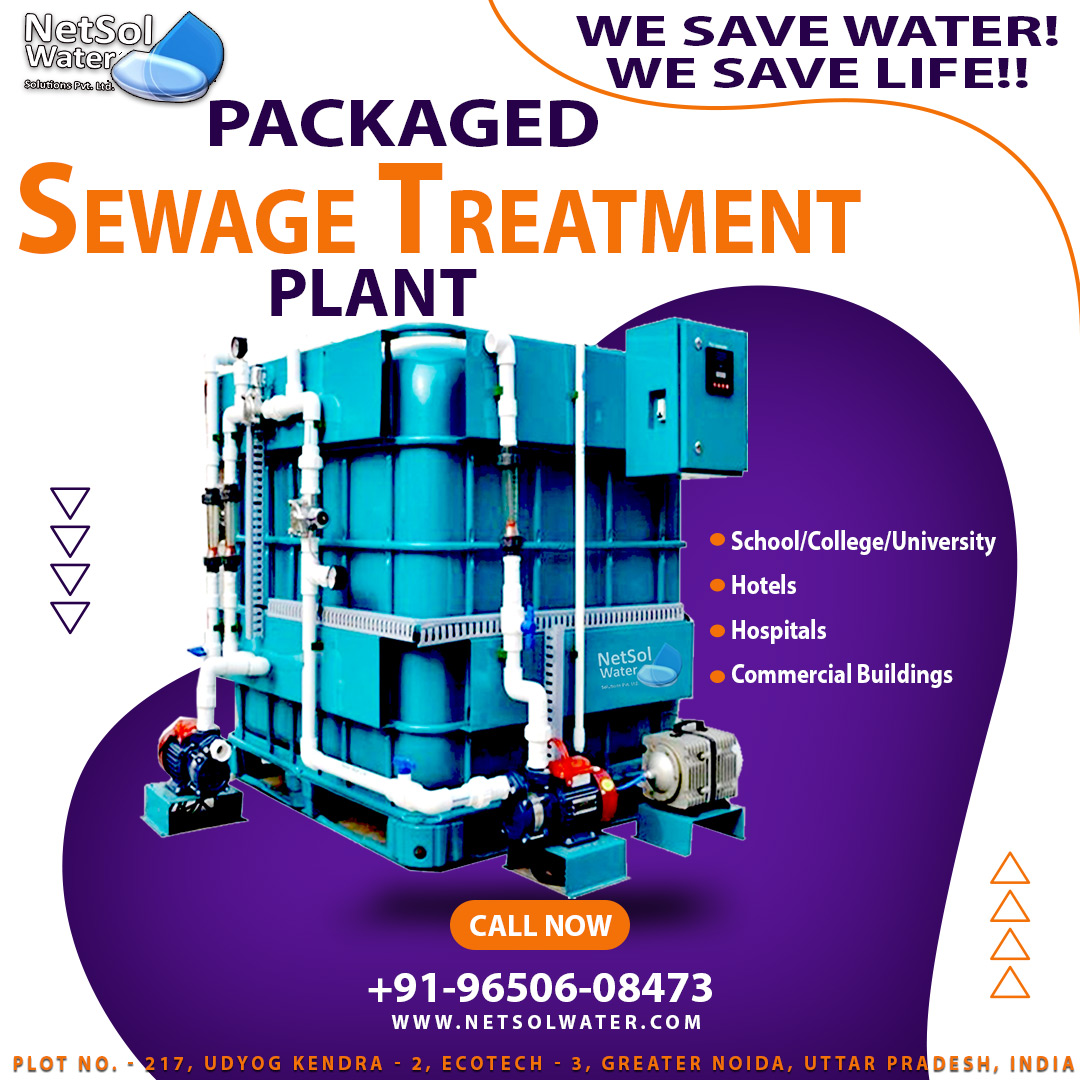What are the Government regulations for STP in India?
According to the CPCB's legislative regulations, numerous infrastructures such as apartments, commercial construction projects, educational institutions, townships, and area development projects that meet specified conditions must include sewage treatment plants.To ensure effective and safe operation of the machinery, the guideline regulations address factors such as STP site, STP technology to adopt, STP functioning, and STP maintenance.
The CPCB has established the following guidelines for STPs:
1. The Technology of STP
The approved STP technologies to go with are-
A. Activated Sludge Process(ASP) (only when above 500 KLD sewage is generated).
B. Membrane Bio Reactor(MBR)
C. Moving Bed Bio Reactor(MBBR)
2. STP Unit Requirements
Individual units in sewage treatment plants perform various sewage treatment procedures. The following are the units and their criteria in accordance with the guidelines.
|
S.No. |
Unit |
Activated Sludge Process(ASP) |
Sequential Batch Reactor(SBR) |
Membrane Bio Reactor(MBR) |
Moving Bed Bio Reactor(MBBR) |
|
1. |
Equalization Tank |
Minimum |
Same as ASP |
Same as ASP |
Same as ASP |
|
2. |
Anoxic Tank |
Return activated sludge should be pumped to anoxic tank for de-nitrification. |
Not required |
Same as ASP |
Same as ASP |
|
3. |
Aeration Tank |
Dissolved Oxygen in an excess of 4 mg/L has to be maintained in the Aeration Tank. |
Same as ASP |
Same as ASP |
Same as ASP |
|
4. |
Membrane Tank |
Not required |
Not required |
Membranes should be replaced regularly as per its manufacturer’s specifications |
Not required |
|
5. |
Sludge Holding Tank |
Sludge holding should be mandatorily provided for holding excess sludge before its dewatering. |
Same as ASP |
Same as ASP |
Same as ASP |
|
6. |
Final Treated Water Holding Tank |
Capacity of the tank should be enough to hold water for 2 days minimum. |
Same as ASP |
Same as ASP |
Same as ASP |
|
7. |
Sludge Drying Bed |
Instead of sludge drying bed, horizontal centrifuge system should be used for >500KLD STPs. |
Same as ASP |
Same as ASP |
Same as ASP |
3. Mechanical Equipment Requirement for STP
The Bar Screen Chamber and Oil & Grease Chamber of STPs installed should have obvious and simple access.
In addition, the equipment should be submersible and easy to remove/dismantle anytime repair is required.To decrease noise pollution, STP air blowers should have vibration mounts and acoustic enclosures.
4. STP's location
However, careful consideration must be given to ensure that such placement does not compromise the convenience or comfort of residents. Therefore, it remains imperative that STPs are situated beneath driveways, play areas, or clubhouses, and kept at a distance from residential areas to prevent inconvenience. Moreover, STPs should not be housed in any building's basement to mitigate potential complications stemming from rain flooding, odor, or sound disturbances but they can be installed in apartment basements if space constraints necessitate it. Access to the STP room should ideally be facilitated from ground level or upper basement via well-designed pathways or headroom, rather than from the lowest basement, to enhance accessibility and minimize disruptions
5. Treated Sewage Standards
The treated sewage should meet the following standards.
|
S. No. |
Parameter |
Required Standards |
|
1 |
pH |
6.5-8.5 |
|
2 |
BOD(5th day) |
<10mg/l |
|
3 |
COD |
<50mg/l |
|
4 |
Suspended Solids |
<10mg/l |
|
5 |
Ammonical Nitrogen |
<5mg/l |
|
6 |
Total Nitrogen |
<5mg/l |
|
7 |
Fecal Coliform |
<100 MPN/100 ml |
6. Sensor installation guidelines
Sensors for monitoring sewage parameters such as BOD, COD, TSS, flow, and pH are required.The following are the CPCB's suggested sensor types and communication protocols.
|
Parameter |
Measurement Type |
Sensor Type |
Communication protocol |
||
|
|
|
pH |
Inline |
Ion Selective Glass Electrodes |
RS 485 Communication with Modbus |
|
|
|
TSS |
Inline |
Turbidity to TSS correlation with |
RS 485 Communication with Modbus |
|
|
|
BOD |
Inline |
UV-Vis Spectrophotometry |
RS 485 Communication with Modbus |
|
|
|
COD |
Inline |
UV-Vis Spectrophotometry |
RS 485 Communication with Modbus |
|
|
|
Flow |
Inline |
Electromagnetic Flow Measurement |
RS 485 Communication with Modbus |
7. STP's Caution Board
At STP areas, proper cautionary signboards should be shown, and safety standards should be observed.For maintenance personnel and the general public, "Danger" Sign Boards should be put at the STP area.
At the taps providing sewage water, the phrase "water not appropriate for drinking" should also be marked.
8. Use of treated sewage
The treated water should be used for toilet flushing, which should be done with a dual plumbing system.
9. STP Modular Operations
STPs that operate in a modular manner should be developed/constructed in smaller units so that they can be used according to the load or occupancy of people. The occupancy in the early stages of major projects where a higher capacity of STPs is required is unable to meet the operational parameters of the STP. As a result, the element should be considered throughout the design phase.




